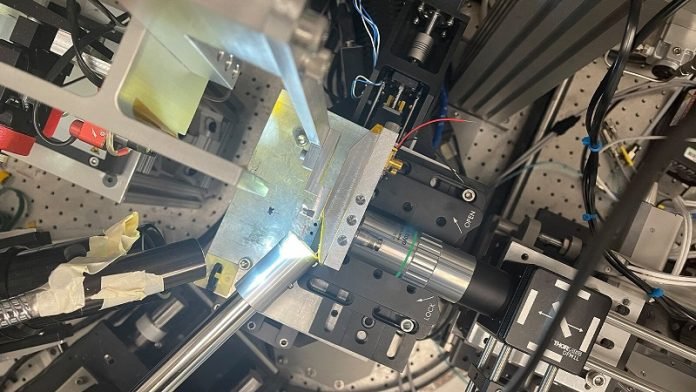
Scientists are always searching for ways to improve solar power, a key player in the fight against climate change.
At the heart of this search is a quest for better materials to build more efficient solar panels. One promising candidate is a type of material known as perovskites.
Recently, researchers have made significant progress in understanding these materials, thanks to some high-powered X-ray technology.
Perovskites are seen as the next big thing in solar energy. Since 2009, they have been making waves in the solar power world.
Traditional commercial silicon solar cells convert about 10–15% of the sun’s energy into electricity.
Perovskites, on the other hand, have reached efficiencies as high as 26%, outperforming many existing technologies.
Despite their potential, perovskites face a big challenge: they’re not very stable. Under ultraviolet (UV) light, like the kind we get from the sun, they can degrade quickly.
This degradation can reduce a solar cell’s performance by over 50% after prolonged exposure. To make perovskites more practical, researchers aim to extend their lifespan to 20-30 years.
To solve the stability issue, a team at the U.S. Department of Energy’s Argonne National Laboratory used a powerful tool called the Advanced Photon Source (APS).
This facility produces extremely bright X-rays that can delve deep into the structure of materials. The team’s findings were published in the journal Joule.
The Argonne team, led by materials scientist Yanqi (Grace) Luo, used these X-rays to watch how ions move inside perovskite crystals when exposed to UV light.
Understanding these movements is key to figuring out how to make the material more stable.
Here’s a bit of what they found: in perovskites, iodine can leave the material as gas. This creates empty spaces, or vacancies, that attract other ions. These movements cause defects in the material, which can stop it from working properly.
One unique aspect of the APS is its ability to provide continuous data, rather than just a single snapshot. This means scientists can observe changes in the material as they happen in real time. It’s like watching a movie instead of looking at a single picture.
The team used a sophisticated technique called nanoprobe X-ray fluorescence (nano-XRF) to track the movement of halide atoms in perovskites. This method allowed them to see these movements without damaging the material.
To improve the stability of perovskite solar cells, scientists are experimenting with different compositions and structures.
By tweaking things like halide ratios and adding ions in various sizes and amounts, they’re finding new ways to make perovskites more durable and efficient.
This research is a big step forward in understanding and improving perovskite solar cells. As scientists continue to unlock the secrets of these materials, we get closer to making solar power a more reliable and efficient source of clean energy.
The work at Argonne is not just about making better solar cells; it’s about building a more sustainable future powered by the sun.



